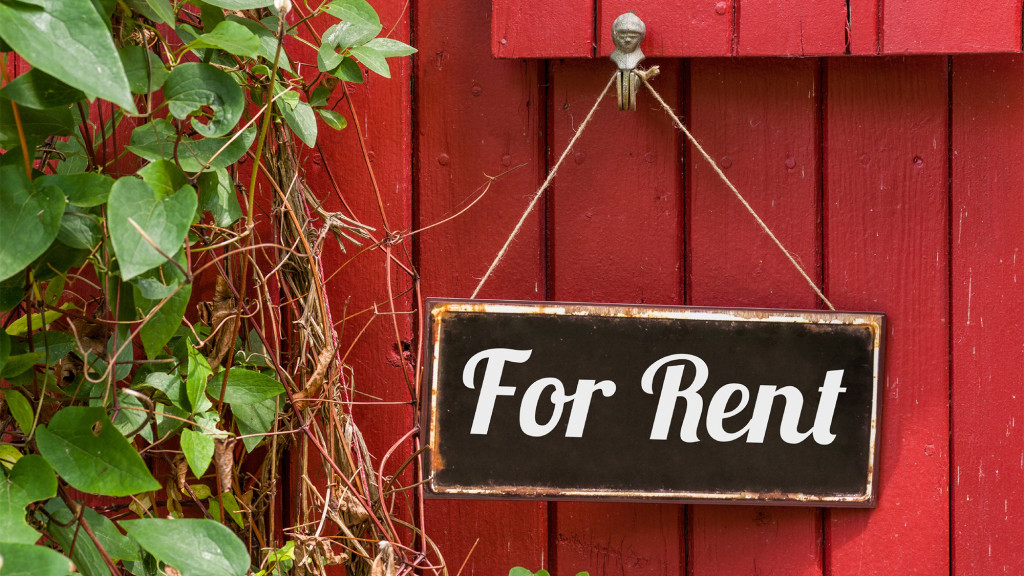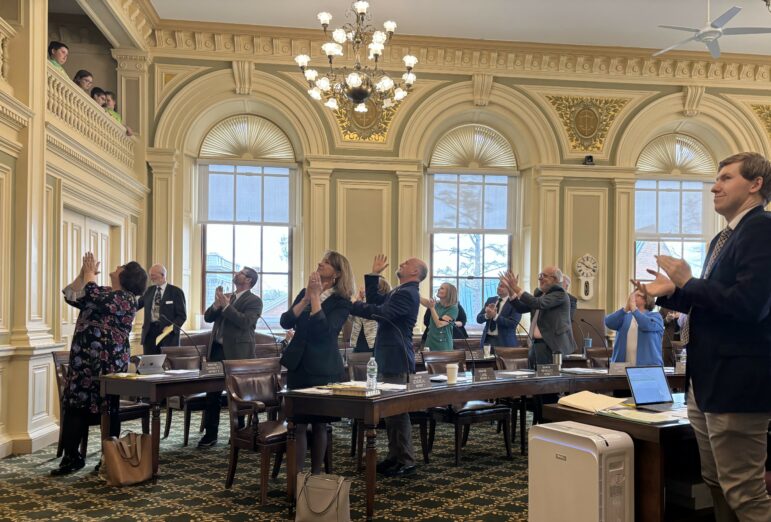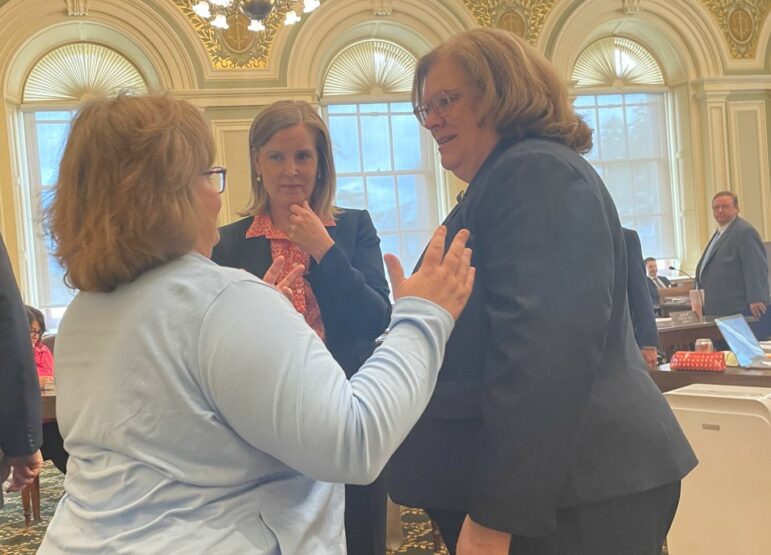– Low vacancy rates and inventory, rising rents signal tight rental market in most of state –
Download the 2018 New Hampshire Residential Rental Cost Survey report >>
Access the data from the 2018 New Hampshire Residential Rental Cost Survey >>
BEDFORD – This year’s New Hampshire Housing Finance Authority survey of residential rental units confirms the actual and anecdotal status of New Hampshire’s rental market: it is challenging to find an apartment to rent, especially one that is affordable. Recent national housing studies indicate that tight rental and homebuyer markets have become the norm in many other states as well.
NHHFA’s annual survey, conducted by the University of New Hampshire Survey Center, polled the owners and managers of more than 23,000 unsubsidized (market rate) rental housing units around the state (15% of the total number of units).
The survey found that the statewide median gross rent of $1,296 (including utilities) for two-bedroom units has increased nearly 19% in the past five years, and that for the fifth year in a row rents have increased.
Meanwhile, New Hampshire’s vacancy rate stands at 1.96% for two-bedroom units. In comparison, the U.S. vacancy rate is 7% and in the Northeast it is 5.1%. (A vacancy rate of 4% to 5% is considered a balanced market for supply and demand.)
The availability of units in our southern tier counties (Hillsborough, Merrimack, Rockingham and Strafford), as well as in the Upper Valley’s Hanover / Lebanon area, is especially low.
The highest rents are located in the southern counties near the state’s largest cities and employers, and the greater Boston job market. This is also where most of the state’s rental housing properties are located. In order to afford the statewide median cost of a typical two-bedroom apartment with utilities, a renter would have to earn 117% of the statewide median renter income, or over $47,100 a year.
While there has been an increase recently in the construction of new rental housing, the rents for these units tend to be in the upper range. The ongoing tight housing market also reflects low- to moderate-income households that continue to rent because there’s a scarcity of affordable homes to buy.
“To meet the needs of a growing economy, there is a demand for an adequate supply of housing that is affordable to a growing workforce. This continued trend of low vacancy rates suggests that additional rental housing construction is needed to satisfy that demand,” noted Dean Christon, executive director of New Hampshire Housing.
Last year NHHFA financed the creation or rehabilitation of more than 1,300 high-quality affordable rental units for working families and seniors, and provided direct rental assistance to thousands of very low-income households. This translates to an investment of about $200 million into the state’s economy last year.
New Hampshire Housing Finance Authority is committed to working creatively with public and private partners to provide housing to meet the needs of our state’s residents and businesses.
More NHHFA News:
- NHHFA’s June 2018 Housing Market Report >>
- Accessory Dwelling Units in New Hampshire: A Guide for Municipalities (a guide for homeowners will be available in July) >>
- New Hampshire housing market, economic and demographic data and research at
NHHFA.org/data-resources-planning. - #NHHFAHousing | Facebook @NewHampshireHousing | Twitter @NHHFA
About New Hampshire Housing: As a self-supporting public benefit corporation, New Hampshire Housing Finance Authority promotes, finances and supports affordable housing. The Authority operates a number of rental and homeownership programs designed to assist low- and moderate-income persons with obtaining affordable housing. Since its inception, New Hampshire Housing has helped more than 45,000 families purchase their own homes and has been instrumental in financing the creation of more than 14,500 multi-family housing units. NHHFA.org





